Michele Delli Veneri
AMBER -- Advanced SegFormer for Multi-Band Image Segmentation: an application to Hyperspectral Imaging
Sep 14, 2024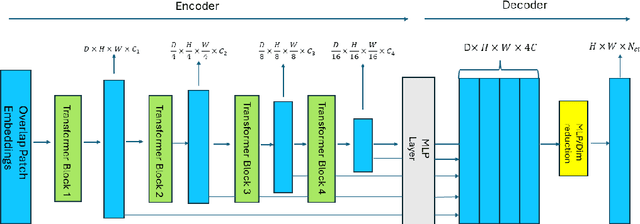

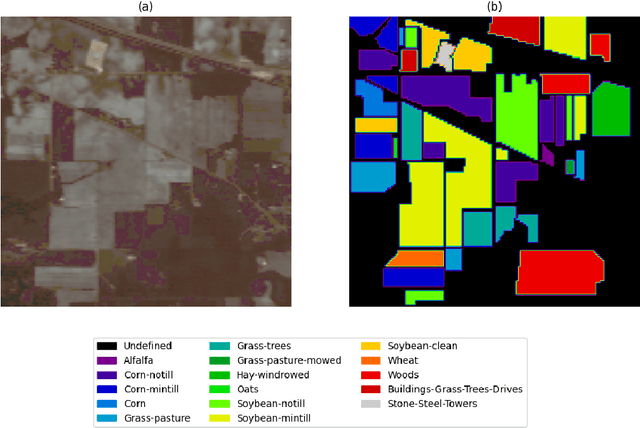

Abstract:Deep learning has revolutionized the field of hyperspectral image (HSI) analysis, enabling the extraction of complex and hierarchical features. While convolutional neural networks (CNNs) have been the backbone of HSI classification, their limitations in capturing global contextual features have led to the exploration of Vision Transformers (ViTs). This paper introduces AMBER, an advanced SegFormer specifically designed for multi-band image segmentation. AMBER enhances the original SegFormer by incorporating three-dimensional convolutions to handle hyperspectral data. Our experiments, conducted on the Indian Pines, Pavia University, and PRISMA datasets, show that AMBER outperforms traditional CNN-based methods in terms of Overall Accuracy, Kappa coefficient, and Average Accuracy on the first two datasets, and achieves state-of-the-art performance on the PRISMA dataset.
3D Detection and Characterisation of ALMA Sources through Deep Learning
Nov 21, 2022



Abstract:We present a Deep-Learning (DL) pipeline developed for the detection and characterization of astronomical sources within simulated Atacama Large Millimeter/submillimeter Array (ALMA) data cubes. The pipeline is composed of six DL models: a Convolutional Autoencoder for source detection within the spatial domain of the integrated data cubes, a Recurrent Neural Network (RNN) for denoising and peak detection within the frequency domain, and four Residual Neural Networks (ResNets) for source characterization. The combination of spatial and frequency information improves completeness while decreasing spurious signal detection. To train and test the pipeline, we developed a simulation algorithm able to generate realistic ALMA observations, i.e. both sky model and dirty cubes. The algorithm simulates always a central source surrounded by fainter ones scattered within the cube. Some sources were spatially superimposed in order to test the pipeline deblending capabilities. The detection performances of the pipeline were compared to those of other methods and significant improvements in performances were achieved. Source morphologies are detected with subpixel accuracies obtaining mean residual errors of $10^{-3}$ pixel ($0.1$ mas) and $10^{-1}$ mJy/beam on positions and flux estimations, respectively. Projection angles and flux densities are also recovered within $10\%$ of the true values for $80\%$ and $73\%$ of all sources in the test set, respectively. While our pipeline is fine-tuned for ALMA data, the technique is applicable to other interferometric observatories, as SKA, LOFAR, VLBI, and VLTI.
A novel approach to the classification of terrestrial drainage networks based on deep learning and preliminary results on Solar System bodies
Mar 06, 2021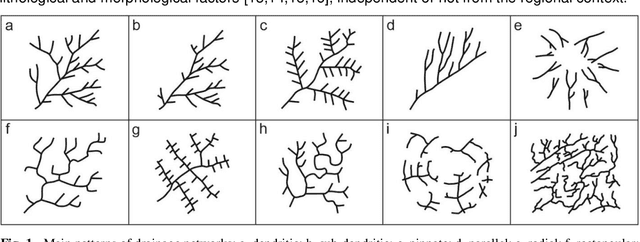
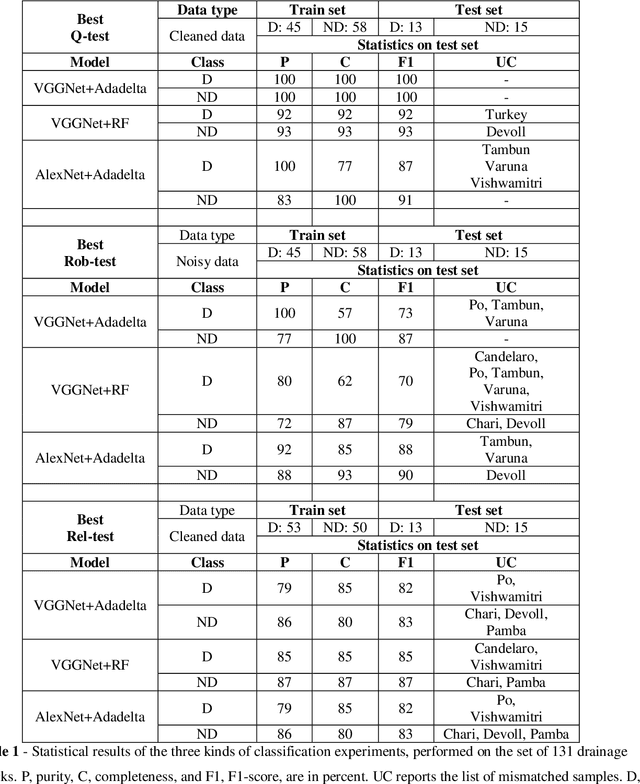
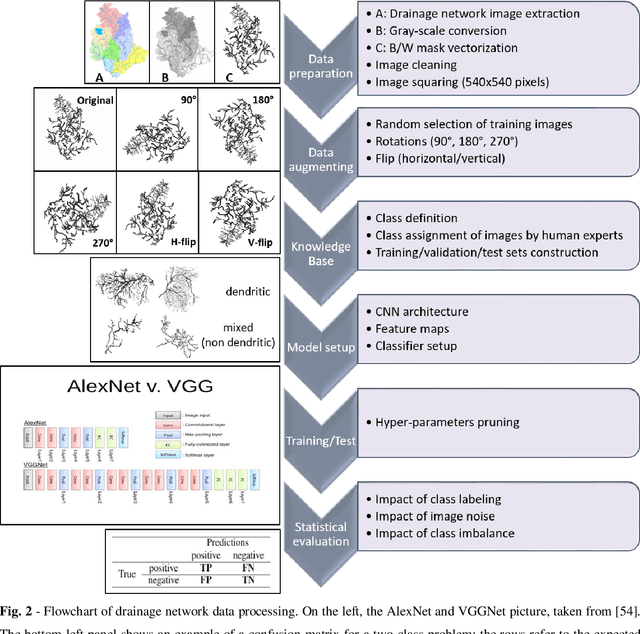
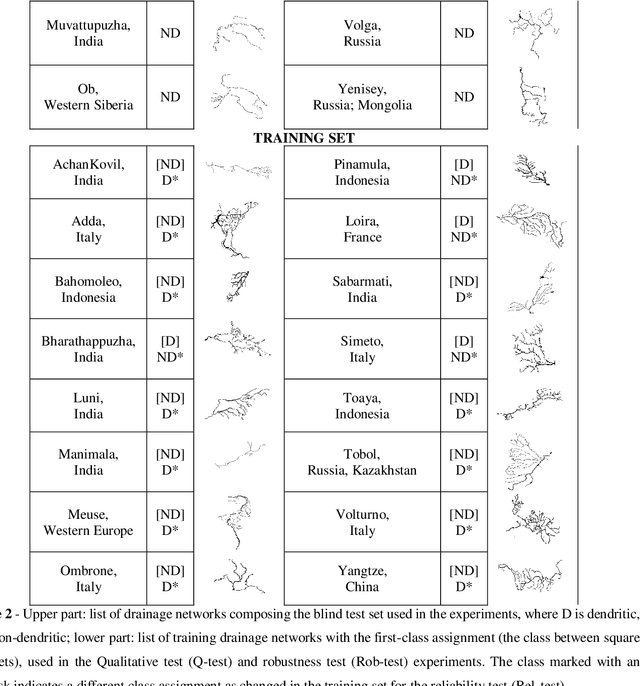
Abstract:Several approaches were proposed to describe the geomorphology of drainage networks and the abiotic/biotic factors determining their morphology. There is an intrinsic complexity of the explicit qualification of the morphological variations in response to various types of control factors and the difficulty of expressing the cause-effect links. Traditional methods of drainage network classification are based on the manual extraction of key characteristics, then applied as pattern recognition schemes. These approaches, however, have low predictive and uniform ability. We present a different approach, based on the data-driven supervised learning by images, extended also to extraterrestrial cases. With deep learning models, the extraction and classification phase is integrated within a more objective, analytical, and automatic framework. Despite the initial difficulties, due to the small number of training images available, and the similarity between the different shapes of the drainage samples, we obtained successful results, concluding that deep learning is a valid way for data exploration in geomorphology and related fields.
 Add to Chrome
Add to Chrome Add to Firefox
Add to Firefox Add to Edge
Add to Edge